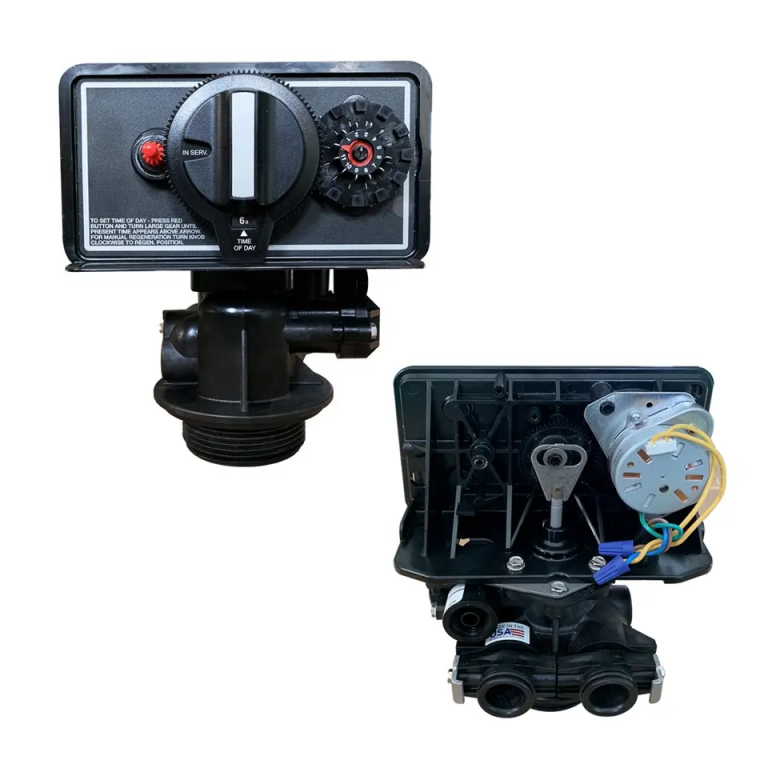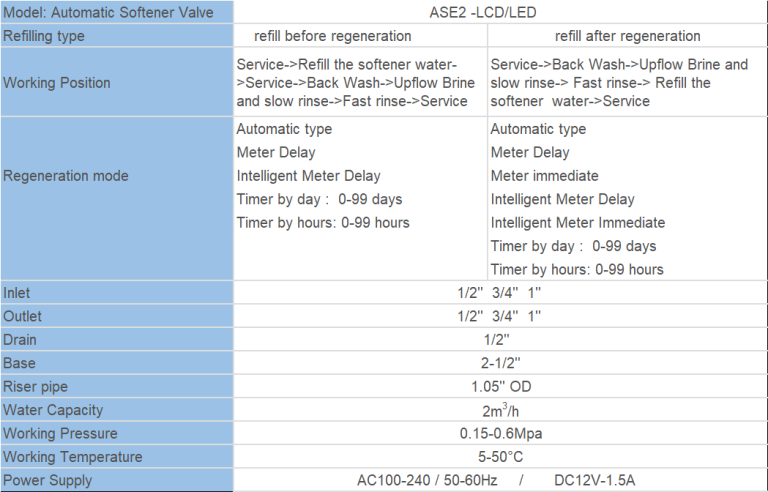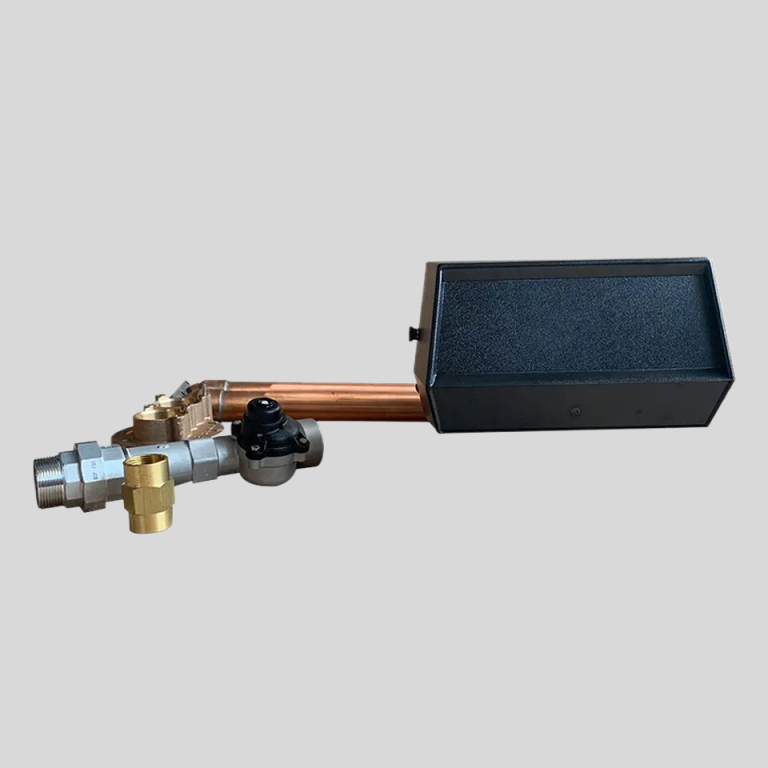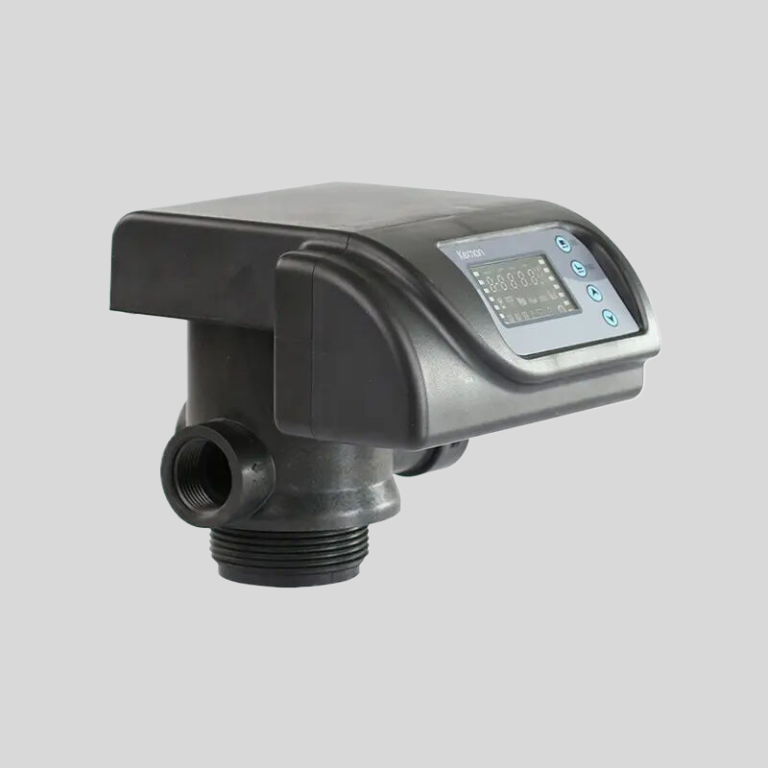Table of Contents
Common Causes of Pentair Diverter Valve Leaking
Pentair diverter valves are essential components in pool and spa systems, allowing for the redirection of water flow to different outlets. However, like any mechanical device, diverter valves can experience issues over time, one of the most common being leaking. A leaking diverter valve can lead to water loss, decreased system efficiency, and potential damage to surrounding equipment. In this article, we will explore some of the common causes of Pentair diverter valve leaking and how to address them.
One of the primary reasons for a Pentair diverter valve leaking is a worn or damaged seal. The seal is responsible for creating a watertight connection between the valve body and the diverter, preventing water from escaping. Over time, the seal can deteriorate due to exposure to chemicals, UV rays, and general wear and tear. When the seal becomes compromised, water can seep through, causing a leak.
Another common cause of Pentair diverter valve leaking is a loose or damaged diverter handle. The handle is used to control the position of the diverter within the valve body, directing water flow to the desired outlet. If the handle is loose or damaged, it may not be able to fully close off the water flow, leading to a leak. Additionally, a misaligned or improperly installed diverter can also result in leaking.
Furthermore, debris and buildup within the diverter valve can cause leaks. Over time, dirt, sand, and other particles can accumulate within the valve body, preventing the diverter from sealing properly. This can result in water leaking through the valve. Regular maintenance and cleaning of the diverter valve can help prevent this issue.
In some cases, a leaking Pentair diverter valve may be due to a cracked or damaged valve body. The valve body is the main housing that contains the diverter and seals. If the valve body is cracked or damaged, water can escape through the cracks, causing a leak. In this situation, the valve body may need to be replaced to resolve the issue.
To address a leaking Pentair diverter valve, it is essential to first identify the root cause of the leak. Inspect the seal, diverter handle, and valve body for any signs of wear, damage, or misalignment. Clean out any debris or buildup within the valve body. Tighten any loose components and ensure that the diverter is properly aligned and installed.
If the seal is worn or damaged, it may need to be replaced. Replacement seals can typically be purchased from pool supply stores or online. Carefully remove the old seal and install the new one according to the manufacturer’s instructions. If the diverter handle is loose or damaged, it may need to be tightened or replaced.
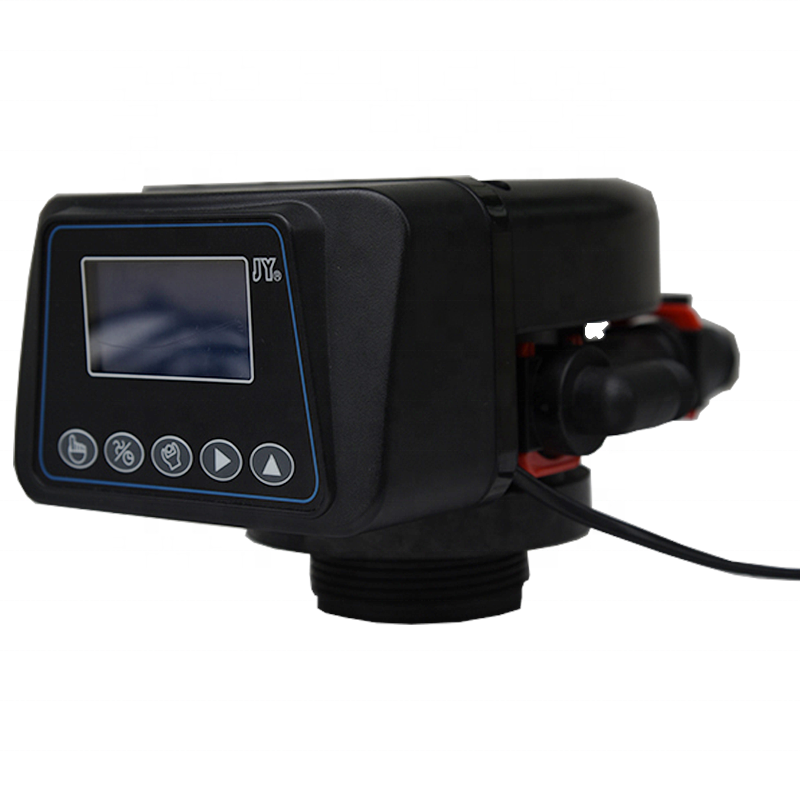
In more severe cases where the valve body is cracked or damaged, it may be necessary to replace the entire diverter valve. Consult with a professional pool technician or Pentair dealer for assistance with replacing the valve body.
In conclusion, a leaking Pentair diverter valve can be a frustrating issue to deal with, but it is essential to address it promptly to prevent further damage and water loss. By identifying the root cause of the leak and taking appropriate measures to repair or replace the necessary components, you can restore your diverter valve to proper working condition. Regular maintenance and inspection of your diverter valve can help prevent leaks in the future.
How to Fix a Leaking Pentair Diverter Valve
A leaking Pentair diverter valve can be a frustrating issue for pool owners. Not only can it lead to water loss and increased water bills, but it can also affect the overall performance of your pool system. Fortunately, fixing a leaking Pentair diverter valve is a relatively straightforward process that can be done with a few simple tools and some basic knowledge of pool maintenance.
The first step in fixing a leaking Pentair diverter valve is to identify the source of the leak. In most cases, the leak is caused by a damaged or worn-out O-ring or gasket. These small rubber seals are designed to create a watertight seal between the different components of the diverter valve, but over time they can become brittle and cracked, leading to leaks.
To determine if the O-ring or gasket is the source of the leak, you will need to disassemble the diverter valve. Start by turning off the pool pump and closing the main water supply valve. Next, remove the screws or bolts that hold the diverter valve in place and carefully pull it out of the housing. Once the diverter valve is removed, inspect the O-ring or gasket for any signs of damage or wear. If you notice any cracks, tears, or deformities, it is likely that the O-ring or gasket needs to be replaced.
| Model | Central tube | Drain | Brine tank connector | Base | Maximum power | Operating temperature\u00a0 |
| 5600 | 0.8125″/1.050″ O.D. | 1/2″NPTF | 1600-3/8″ | 2-1/2″-8NPSM | 3W | 1\u2103-43\u2103 |
To replace the O-ring or gasket, start by removing the old seal from the diverter valve. Use a small screwdriver or pick to carefully pry the old seal out of its groove, being careful not to damage the surrounding components. Once the old seal is removed, clean the groove and surrounding area with a soft cloth to remove any debris or residue.
Next, install the new O-ring or gasket by carefully pressing it into the groove with your fingers. Make sure the seal is seated properly and that there are no gaps or wrinkles in the material. Once the new seal is in place, reassemble the diverter valve by reversing the disassembly process. Make sure to tighten the screws or bolts securely to ensure a watertight seal.
After reassembling the diverter valve, turn the pool pump back on and check for any signs of leaking. If the leak persists, you may need to repeat the process and double-check that the O-ring or gasket is properly installed. In some cases, the leak may be caused by a more serious issue, such as a cracked valve body or damaged housing. If this is the case, it may be necessary to replace the entire diverter valve assembly.
In conclusion, fixing a leaking Pentair diverter valve is a relatively simple process that can be done with a few basic tools and some patience. By identifying the source of the leak, replacing the damaged O-ring or gasket, and reassembling the diverter valve properly, you can restore your pool system to full functionality and prevent further water loss. If you are unsure of how to fix a leaking Pentair diverter valve, or if the leak persists after replacing the O-ring or gasket, it is recommended to contact a professional pool technician for assistance.

